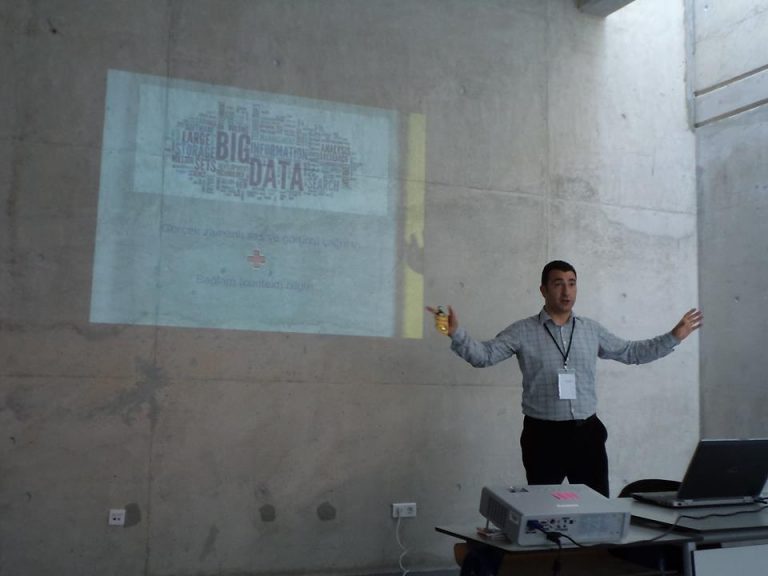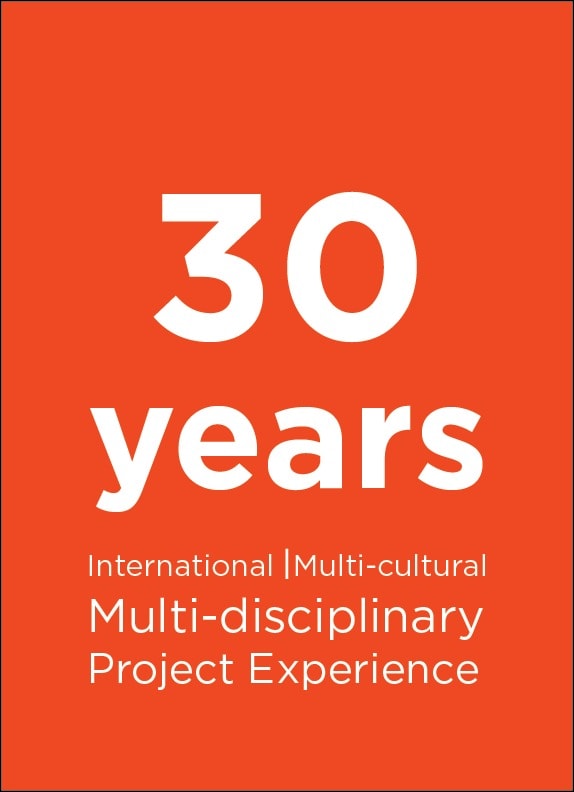Author: Fikret OTTEKİN, Consultant – Cyber Security

In the winter of 1990, I witnessed a live performance of Rachmaninoff’s Piano Concerto No.3 in D minor, which is one of the most difficult pieces of the piano repertoire [1].
I saw the black and white photograph of a young, smiling man on the concert booklet a couple of minutes before seeing the visiting soloist Tedd Joselson in person. The text under the photograph claimed he had made some achievements I hadn’t heard about a classical pianist before, such as “winning a Grammy” and “making the second recording of Samuel Barber’s Piano Concerto”.
He walked on to the stage in smart casual attire and started playing with extraordinary devotion, giving everything he had to the music. His performance reminded me of the tale of Magic Piper of Hamelin [2], making me think to myself that the tale could be true, after all. Mstislav Rostropovich, who is considered to be “one of the greatest cellists of the 20th century” [3] had once said, “Sometimes, when I play, the spirit of the composer is present” [4]. What was supposed to be an ordinary Saturday morning at the Hall of Presidential Symphony Orchestra, Ankara, had turned out to be an experience that reminded me of the claim of Russian cellist M. Rostropovich.
At the end of the concerto, as the audience gave the musicians a loud, standing ovation, Tedd Joselson and conductor Alexander Schwink hugged like a couple of sailors who had survived the deadliest of storms together.
Making a search about Tedd Joselson on Google today returns a heartbreakingly small number of links, mostly consisting of a couple of newspaper pages. There is no Wikipedia article about Tedd Joselson either, but his recordings are available on both Amazon and Spotify. A video clip posted on YouTube as late as December 2016 reveals he keeps performing as a pianist as well [5].
In a 1985 interview in Orlando Sentinel, he had said:
”When you walk out on stage, you’re all by yourself. You have to be in touch with yourself and what you’re all about. The only way you can be that way is to be overprepared. That’s the only way you can go out and enjoy your performance.” [6]
Thus the value of preparation should be underlined, for a speaker making a presentation as well as an artist performing in front of a live audience. These two personas are similar in the sense of telling a story to an audience by themselves.
Most probably there is a message deep at the heart of the story, which is the reason for making the presentation. Aim of the presentation is passing that message to the audience, which is the responsibility of the speaker. The presentation material and the other tools should be used to help the speaker achieve his/her goal. They should have a limited, supporting role in the presentation.

Andrew S. Tanenbaum, a professor of computer science at the Vrije Universiteit, Amsterdam [7], has shared a presentation titled “Ten Golden Rules for Teaching Computer Science” on his home page about 20 years ago [8]. That presentation is an excellent example in terms of holding the amount of text in a presentation material under control. That helps the audience concentrate on the speaker, avoiding conflict between spoken messages given by the speaker and the written messages on the presentation material. Presentation and Speaker should complement each other instead of competing for the attention of the audience [9].
Another important virtue of a presentation is including humor, if humor is suitable with the content. If applied correctly, humor contributes a lot to the success of a presentation, improving the speaker’s communication with the audience and encouraging interaction [10].
Form and content of a presentation should be strongly linked to each other. The style and complexity of a presentation should be designated paying due attention to the underlying content. Nuri Bilge Ceylan has said, “Different people tell the same event differently. Yet one person tells the event much more clearly, with much more meaning. It’s because of his form.” [11]
In the end, what matters most is knowing your story by heart. If so, you may get out of the way and your story will tell itself to the audience. As rock drummer Alex Van Halen has said, “You don’t work music, you play music, yet it is very hard work to be able to play it.” [12]
References:
[1] «Piano Concerto No. 3 (Rachmaninoff),» 29 January 2017. https://en.wikipedia.org/wiki/Piano_Concerto_No._3_(Rachmaninoff).
[2] «Pied Piper of Hamelin,» 29 December 2016. https://en.wikipedia.org/wiki/Pied_Piper_of_Hamelin.
[3] «Mstislav Rostropovich,» 20 January 2017. https://en.wikipedia.org/wiki/Mstislav_Rostropovich.
[4] J. S. Bach, Besteci, Bach-Cello Suites / Rostropovich. [Sound Recording]. Warner Classics. 2004.
[5] «Tedd Joselson’s HM Bhumibol Adulyadej Royal Anthem Tribute,» 25 December 2016. https://www.youtube.com/watch?v=iUI1vv4Nspg.
[6] S. Wigler, «Pianist Tedd Joselson Makes Most Of Luck,» 21 May 1985. http://articles.orlandosentinel.com/1985-05-21/lifestyle/0300160201_1_philadelphia-orchestra-pianist-competitions.
[7] «https://en.wikipedia.org/wiki/Andrew_S._Tanenbaum,» 19 January 2017. https://en.wikipedia.org/wiki/Andrew_S._Tanenbaum.
[8] A. S. Tanenbaum, «Ten Golden Rules for Teaching Computer Science,» 1997. http://scis.uohyd.ac.in/~atulcs/cse-97.pdf.
[9] B. Phillips, «The Five Most Common Powerpoint Mistakes,» 10 March 2011. http://www.mrmediatraining.com/2011/03/10/the-five-most-common-powerpoint-mistakes/
[10] «The Total Communicator/Presentation Skills: Using Humor Effectively,» 2004. http://totalcommunicator.com/vol2_2/funnymeeting.html.
[11] «Nuri Bilge Ceylan/Biography,» http://www.imdb.com/name/nm0149196/bio.
[12] B. Tolinski, «Edward the Great,» Guitarist, pp. 36-42, September 2004.



